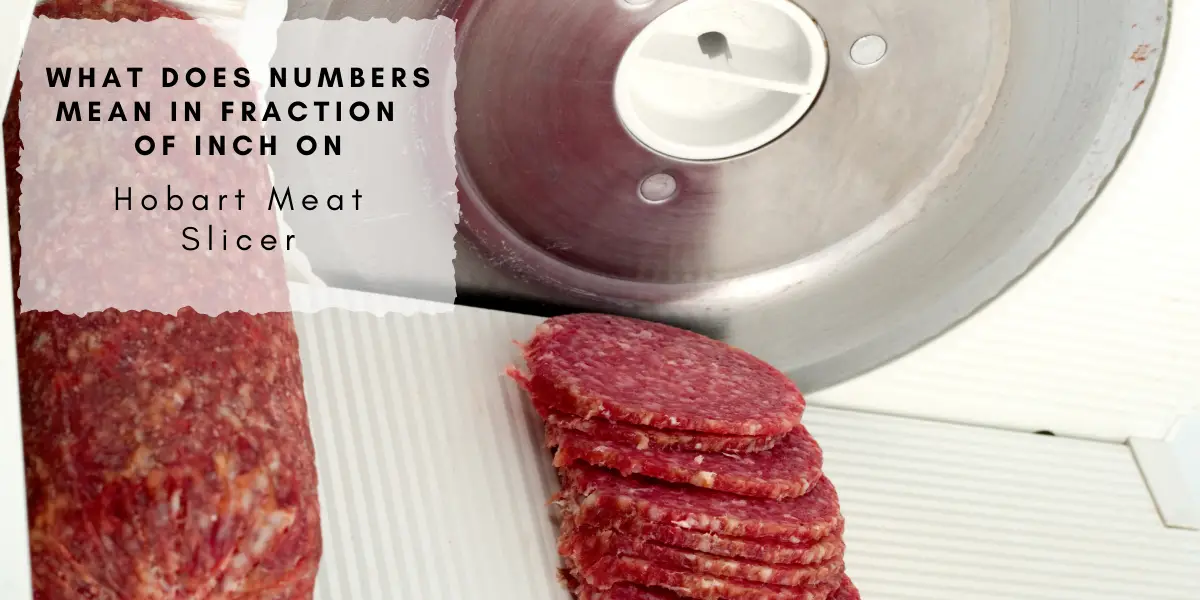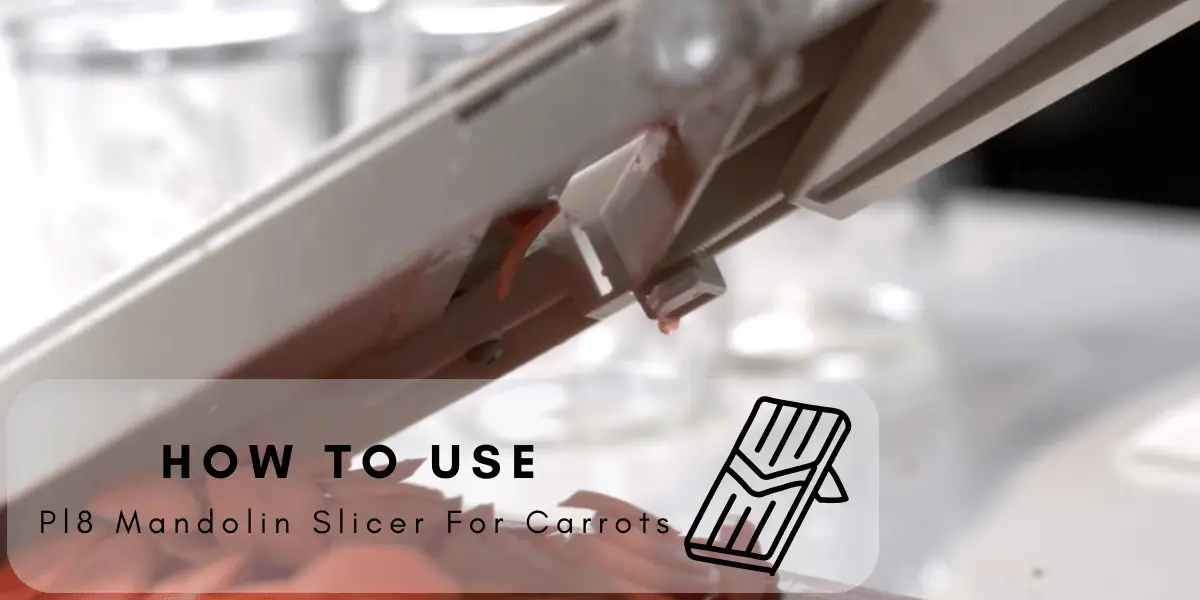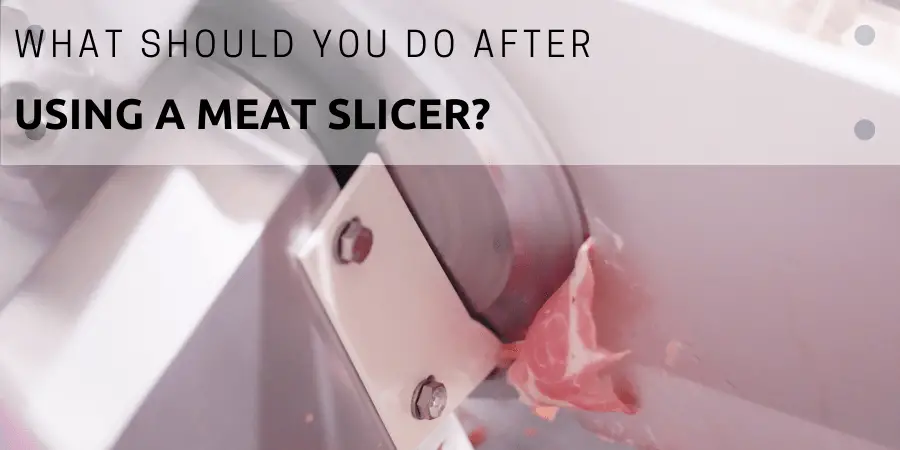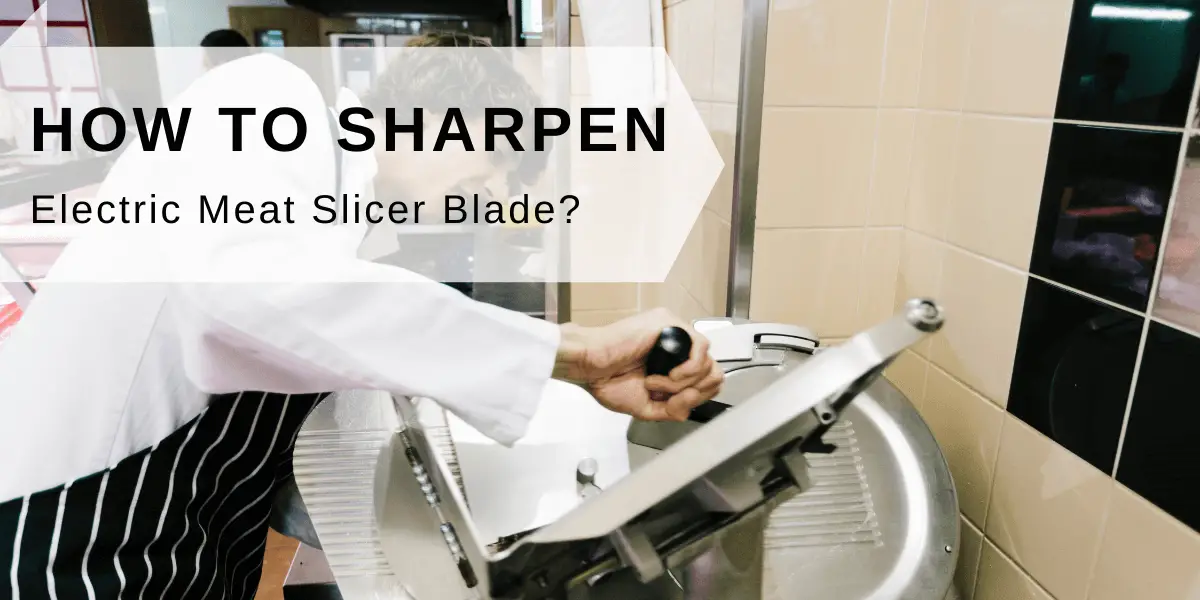When preparing ingredients for your culinary masterpieces, choosing the right cutting technique can make all the difference. Slicing, chopping, dicing, and grinding are four of the most common methods used in the kitchen. Each of these techniques serves a different purpose in cooking, and the choice of method depends on the prepared dish’s desired texture, appearance, and cooking time.
Slicing
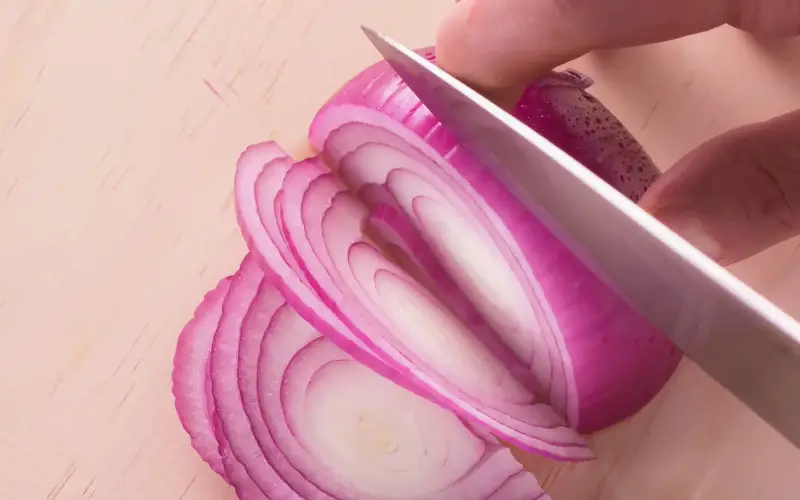
Slicing involves cutting a food item into thin, flat pieces. Depending on the recipe or personal preference, the slices can be of different thicknesses. Slicing is commonly used for vegetables, fruits, and meats. For example, slicing an onion for a sandwich or cutting a cucumber into thin rounds.
Pros And Cons Of Slicing
Pros:
- Creates uniform, visually appealing pieces
- Good for delicate ingredients like fruits and vegetables
Cons:
- Requires precise knife skills
- It may be time-consuming for large quantities
Common Uses For Slicing
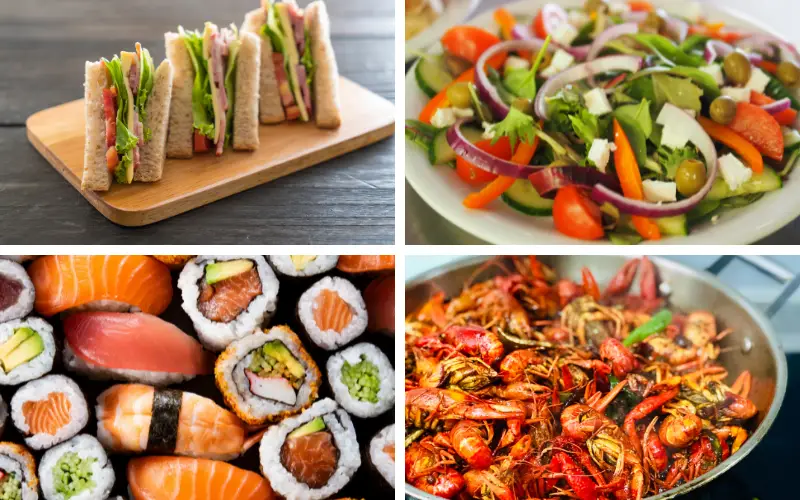
- Sandwiches
- Salads
- Sushi
- Stir-fries
Chopping
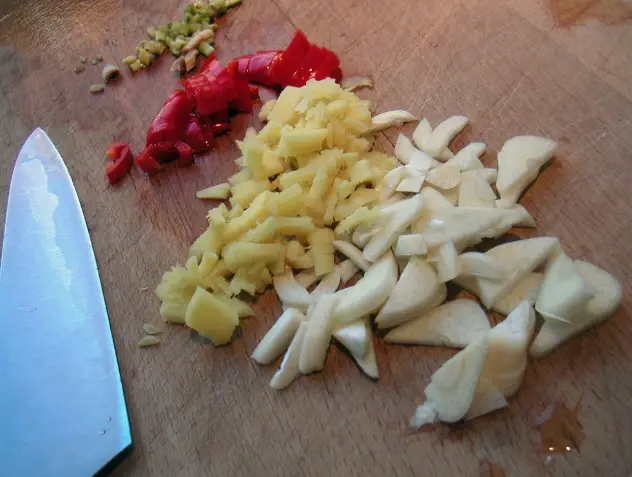
Chopping means cutting food into small, irregular pieces. The size of the pieces can vary, but they are typically larger than diced items. Chopping is often used for vegetables, fruits, and meats, and the resulting pieces are used in salads, stir-fries, and other dishes where uniformity is not crucial. For example, chop bell peppers for a salad or cut the chicken into chunks for a stir-fry.
Pros And Cons Of Chopping
Pros:
- Faster than slicing
- Requires less precision
Cons:
- Less visually appealing
- This may result in uneven cooking
Common Uses For Chopping
- Soups
- Stews
- Casseroles
- Salsas
Dicing
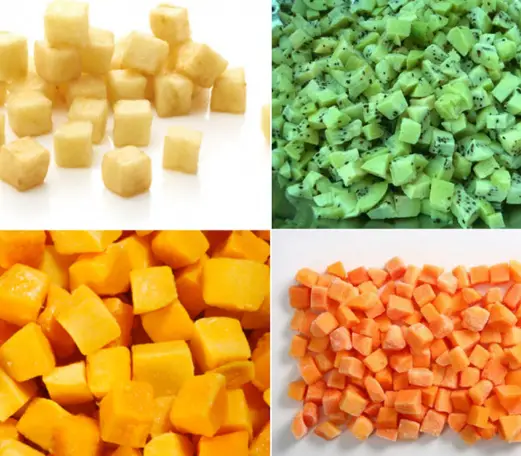
Dicing involves cutting food into small, even cubes. The cubes range from fine (about 1/8 inch) to large (about 3/4 inch). Dicing is often used for vegetables, fruits, and meats, especially when the food needs to cook evenly or blend well with other ingredients. For example, dicing onions for a sauce or dicing potatoes for a hash.
Pros And Cons Of Dicing
Pros:
- Even cooking
- Visually appealing
Cons:
- Time-consuming
- Requires skill and precision
Common Uses For Dicing
- Mirepoix (aromatic vegetable base)
- Hash browns
- Sautéed vegetables
Grinding
Grinding breaks down food into a fine or coarse texture, usually using a grinder, food processor, mortar, and pestle. Grinding is commonly used for spices, nuts, seeds, and meat. For example, grinding coffee beans for fresh coffee or meat for homemade burger patties.
Pros And Cons Of Grinding
Pros:
- Releases maximum flavor
- Great for creating spice blends
Cons:
- Can be messy
- Requires special tools
Common Uses For Grinding
- Spice blends
- Nut butters
- Pesto
Comparing The Techniques
Factors To Consider
- Recipe requirements
- Desired texture
- Cooking time
- Visual presentation
- Skill level
Best Technique For Specific Tasks
- Slicing: Delicate ingredients, such as fruits, vegetables, and meats for stir-fries, sandwiches, and sushi
- Chopping: Quick preparation for soups, stews, and salsas
- Dicing: Consistent, even cooking for dishes like mirepoix, hash browns, and sautéed vegetables
- Grinding: Maximum flavor release for spices, nuts, and seeds in spice blends, nut butters, and pesto
Tools For Each Technique
Knives
- Chef’s knife: Versatile and suitable for slicing, chopping, and dicing
- Serrated knife: Ideal for slicing bread, tomatoes, and other soft ingredients
- Paring knife: Perfect for smaller tasks and precision work
Food Processors
- Ideal for grinding, chopping, and dicing large quantities of ingredients quickly and efficiently
Mortar And Pestle
- Best for grinding spices and herbs and creating pastes
Safety Tips
- Always use a sharp knife to prevent slipping and accidents
- Cut away from your body, maintaining a firm grip on the ingredient and knife handle
- Use a stable cutting surface
- Keep your fingers tucked in when holding the ingredient to avoid cutting them.
FAQs
What is the difference between slicing and chopping?
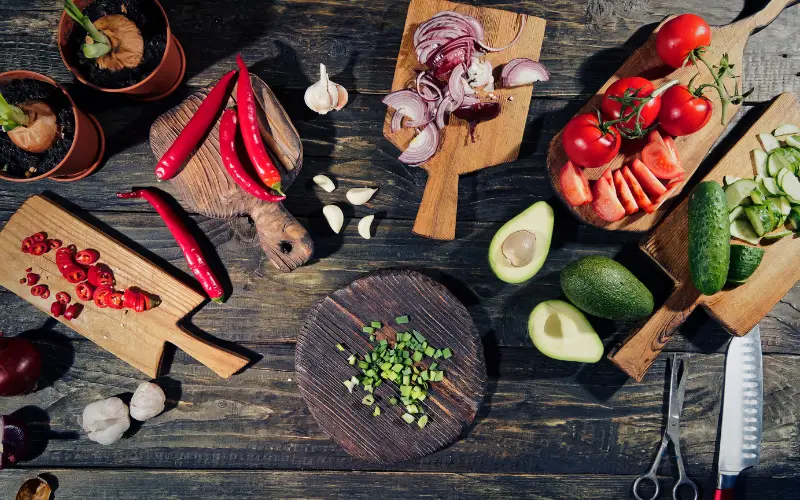
Slicing creates thin, flat pieces, while chopping produces irregular, bite-sized pieces. Slicing is more precise and visually appealing, while chopping is faster and less precise.
When should I use dicing?
Dicing is ideal for recipes requiring uniform cubes for even cooking and a visually appealing presentation, such as mirepoix or hash browns.
What tools are best for grinding?
A mortar and pestle, a grinder, or a food processor can be used for grinding ingredients, depending on your preference and the ingredient type.
How can I improve my knife skills?
Practice, patience, and using the right knife for the task will help improve your knife skills. Additionally, consider taking a cooking class or watching online tutorials.
Which cutting technique is best for herbs?
Chopping or chiffonade (a fine slicing technique) is best for herbs, depending on the desired texture and recipe requirements.
Conclusion
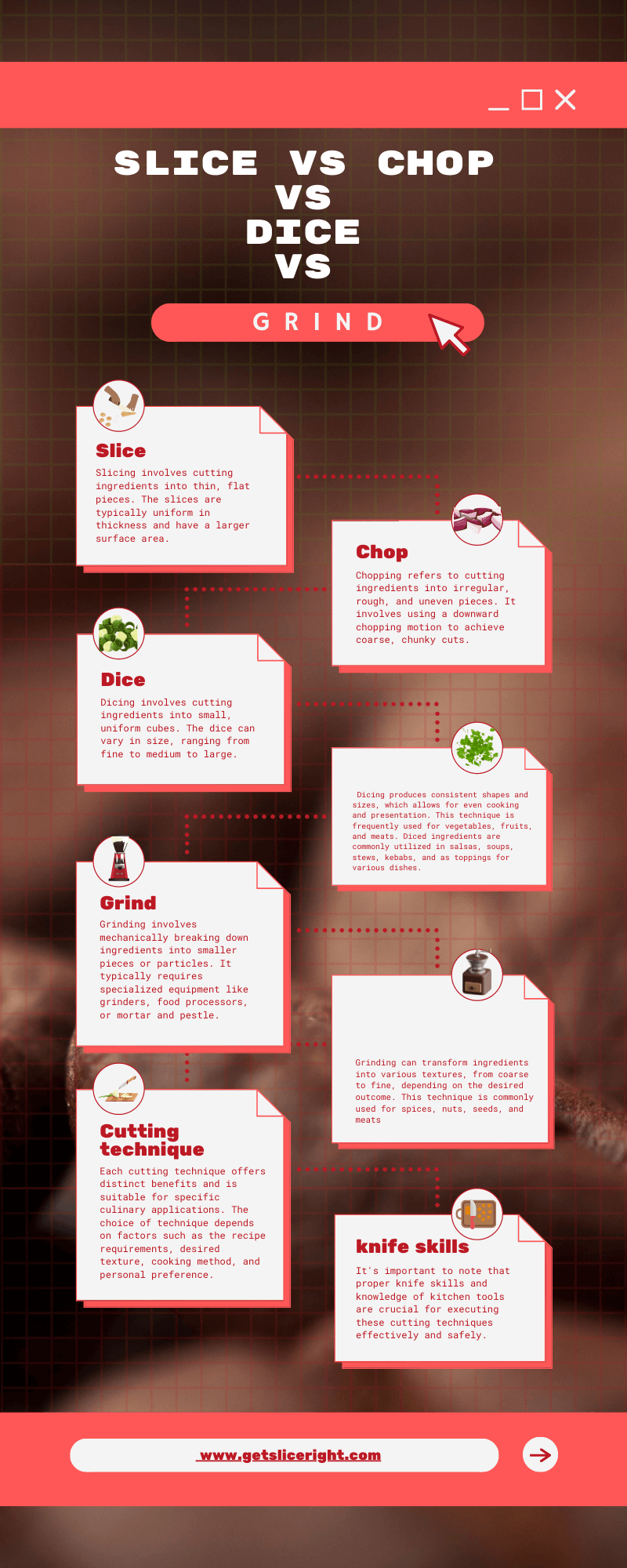
Choosing the right cutting technique is essential for creating delicious and visually appealing dishes. Slicing, chopping, dicing, and grinding each have unique benefits and are suited for specific culinary tasks. Understanding these techniques and using the appropriate tools can elevate your cooking skills and impress your friends and family with your culinary creations.
References
- mortar and pestle – A guide on using a mortar and pestle for grinding ingredients and creating pastes.
- knife safety tips – A useful article discussing knife safety tips to prevent accidents in the kitchen.
- improve your knife skills – A YouTube tutorial on improving knife skills and techniques.
| Technique | Definition | Appearance | Speed | Precision | Suitable For | Common Uses |
|---|---|---|---|---|---|---|
| Slice | Cutting ingredients into thin, flat pieces | Uniform, visually appealing | Moderate | High | Delicate ingredients, precise cuts, and even cooking | Sandwiches, salads, sushi, stir-fries |
| Chop | Cutting ingredients into irregular, bite-sized pieces | Less uniform, less visually appealing | Fast | Low | Quick preparation, dishes where appearance is less important | Soups, stews, casseroles, salsas |
| Dice | Cutting ingredients into small, uniform cubes | Uniform, visually appealing | Slow | High | Consistent, even cooking, and visually appealing presentation | Mirepoix, hash browns, sautéed vegetables |
| Grind | Breaking down ingredients into a fine powder or paste | Fine texture, powdery or paste-like | Varies | Varies | Maximum flavor release, creating spice blends, nut butters, and pastes | Spice blends, nut butters, pesto |

Mario Batali is a renowned author, food enthusiast, and passionate chef who has dedicated his life to exploring the world of culinary arts. With a love for sharing his knowledge and experiences, Mario has become a prominent figure in the food blogging community, inspiring countless readers with his creativity and expertise.
In addition to his culinary prowess, Mario Batali is also a talented writer with a flair for engaging storytelling. He launched his own food blog to share his recipes, cooking tips, and personal experiences in the kitchen. Over time, Mario’s blog gained a loyal following of food enthusiasts who appreciate his unique approach to cooking and his dedication to using only the finest ingredients.
Mario Batali’s passion for food and his commitment to sharing his knowledge with others have made him a true inspiration in the world of culinary arts. Through his blog, cookbooks, and public appearances, Mario continues to spread his love of food and the joy of cooking with his ever-growing fanbase.

